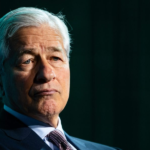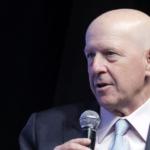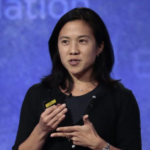Businesses and consumers remain in limbo over what will happen next with President Donald Trump’s tariffs, but a top economist sees a way to leave them in place and still deliver a “victory for the world.”
“Maybe the strategy is to maintain 30% tariffs on China and 10% tariffs on all other countries and then give all countries 12 months to lower non-tariff barriers and open up their economies to trade,” he speculated.
That comes as the 90-day pause on Trump’s “reciprocal tariffs,” which triggered a massive selloff on global markets in April, is nearing an end early next month.
The temporary reprieve was meant to give the U.S. and its trade partners time to negotiate deals. But aside from an agreement with the U.K. and another short-term deal with China to step back from prohibitively high tariffs, few others have been announced.
Meanwhile, negotiations are ongoing with other top trading partners. Trump administration officials have been saying for weeks that the U.S. is close to reaching deals.
On Saturday, Sløk said extending the deadline one year would give other countries and U.S. businesses more time to adjust to a “new world with permanently higher tariffs.” An extension would also immediately reduce uncertainty, giving a boost to business planning, employment, and financial markets.
“This would seem like a victory for the world and yet would produce $400 billion of annual revenue for US taxpayers,” he added. “Trade partners will be happy with only 10% tariffs and US tax revenue will go up. Maybe the administration has outsmarted all of us.”
More certainty on tariffs would give the Federal Reserve a clearer view on inflation as well. For now, most policymakers are in wait-and-see mode, as tariffs are expected to have stagflationary effects. But a split has emerged.
Still, Sløk isn’t alone in wondering whether Trump’s tariffs may not be as harmful to the economy and financial markets as feared.
He added that it’s still necessary to make progress on trade and reach deals with big economies like India, Japan and the EU. That way, markets can focus on next year, rather near-term tariff impacts.









